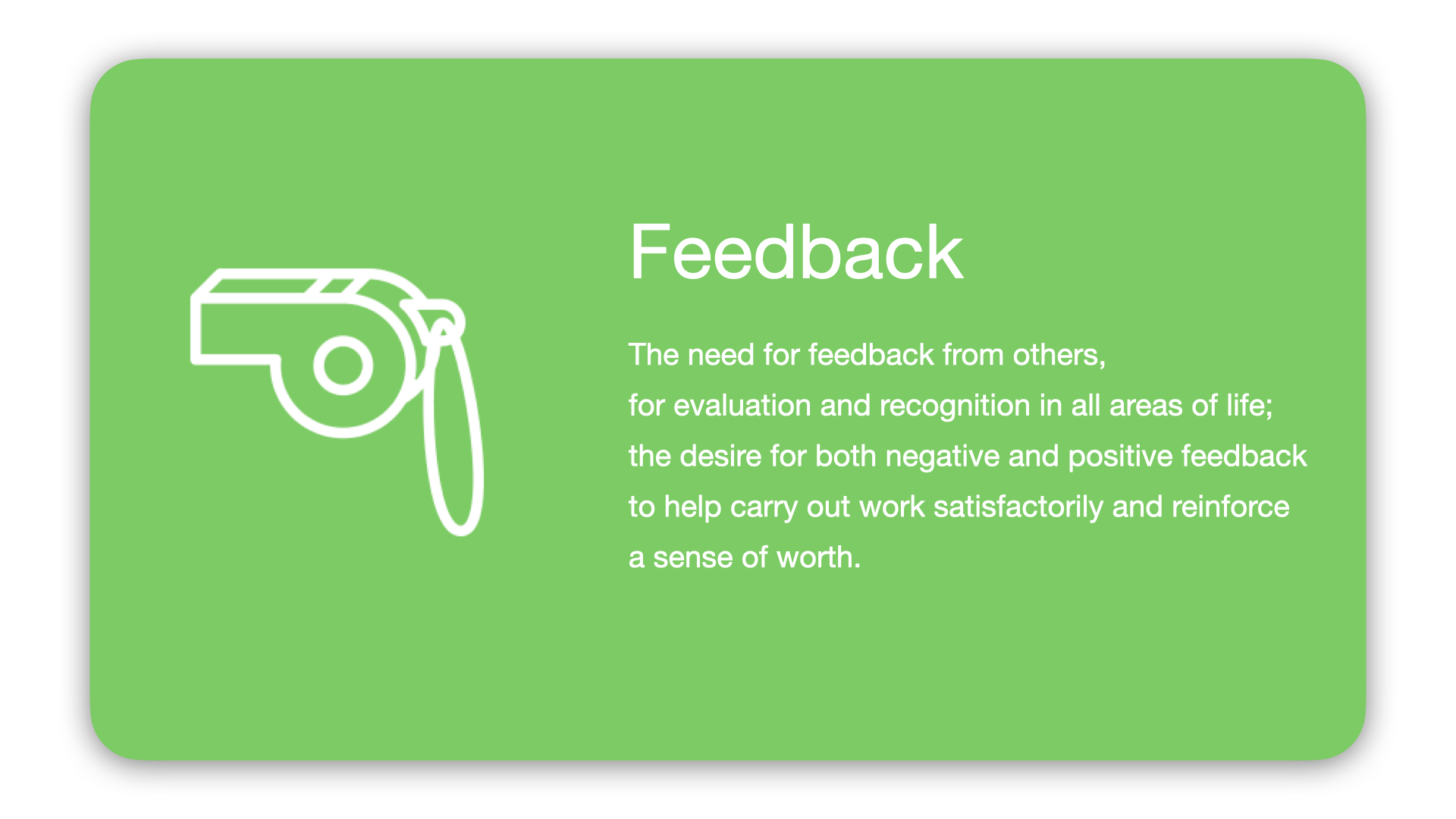You poured your soul into this project.
Your heart is pounding in your throat as you try to look like you’re not studying your colleague’s face while they take in your work.
There is a brief pause. All of your effort is now being spent on sweating.
Then they deliver the thing that you asked for: feedback.
[drum roll]
“It’s good, but…”
We’ve all been there.
Feedback is vital to our progress, as Daniel Pink, author of Drive: The Surprising Truth About What Motivates Us, explained in his TED Talk. The legendary investor Warren Buffet, meanwhile, called feedback “a gift”—so why can it sometimes be so hard to receive?










